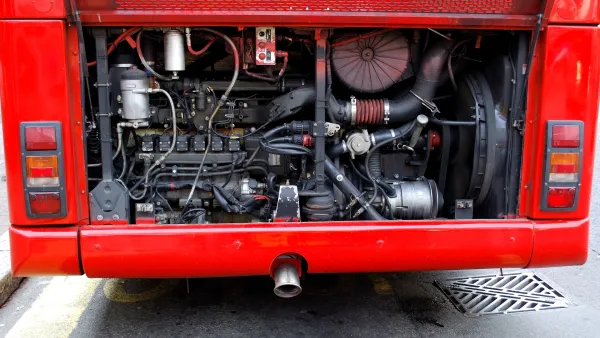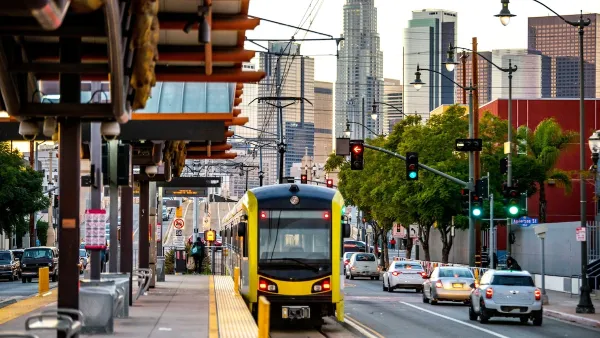The first public hearing on how to shore up the MTA's finances was held on Monday. Congestion pricing was widely mentioned as part of the solution, but more will be necessary to maintain and expand the nation's largest transit system.
The panel headed by former MTA chief Richard Ravitch held its first public hearing Monday at NYU's Kimmel Center. A variety of proposals surfaced, including congestion pricing, to help the MTA navigate its current funding crisis.
Streetsblog was there to observe the afternoon session and give a brief rundown of the themes that surfaced repeatedly:
"Responsibility for adequately funding the MTA should fall on those who benefit from its services. This encompasses a fairly broad swath of people, including straphangers, the real estate industry, and car commuters (who get less traffic on the street when more people use transit). Many of these 'stakeholders' already contribute something to the MTA in the form of fares or dedicated taxes, and could be asked to pay higher rates going forward. Several people testified that some form of road pricing or bridge tolling would be an additional stream of revenue consistent with this philosophy."
"The MTA needs more consistent and reliable revenue streams. Congestion pricing fits the bill in this regard, too. The need for predictable revenue also led speakers to suggest more broad-based taxes, unlike the targeted taxes mentioned above. (Taxes collected from the real estate industry have proven especially fickle recently.) Kevin Corbett of the Empire State Transportation Alliance recommended both road pricing and a payroll tax, saying that 'if you have multiple parties sharing in the pain, it's easier to do a deal.' He added, 'Looking at the enormity of the task, we suspect it will be a combination of the various taxes [and] fees.'"
FULL STORY: Ravitch Commission Faces Difficult Task of Shoring Up MTA’s Future

Analysis: Cybertruck Fatality Rate Far Exceeds That of Ford Pinto
The Tesla Cybertruck was recalled seven times last year.

National Parks Layoffs Will Cause Communities to Lose Billions
Thousands of essential park workers were laid off this week, just before the busy spring break season.

Retro-silient?: America’s First “Eco-burb,” The Woodlands Turns 50
A master-planned community north of Houston offers lessons on green infrastructure and resilient design, but falls short of its founder’s lofty affordability and walkability goals.

Test News Post 1
This is a summary

Analysis: Cybertruck Fatality Rate Far Exceeds That of Ford Pinto
The Tesla Cybertruck was recalled seven times last year.

Test News Headline 46
Test for the image on the front page.
Urban Design for Planners 1: Software Tools
This six-course series explores essential urban design concepts using open source software and equips planners with the tools they need to participate fully in the urban design process.
Planning for Universal Design
Learn the tools for implementing Universal Design in planning regulations.
EMC Planning Group, Inc.
Planetizen
Planetizen
Mpact (formerly Rail~Volution)
Great Falls Development Authority, Inc.
HUDs Office of Policy Development and Research
NYU Wagner Graduate School of Public Service




























